Growing your own is a fantastic method if you’re looking to get your family enthused about eating more veggies. There is a rising interest in home gardening. As a result, many new and exciting vegetable kinds are becoming available to anyone who wants to try their hand at it. Find out what vegetables will work best in Kansas with our planting calendar. Below we learn the Kansas vegetable planting calendar, seasonal vegetable growing guide, month-by-month gardening in Kansas, and about the hardiness zones of Kansas state.
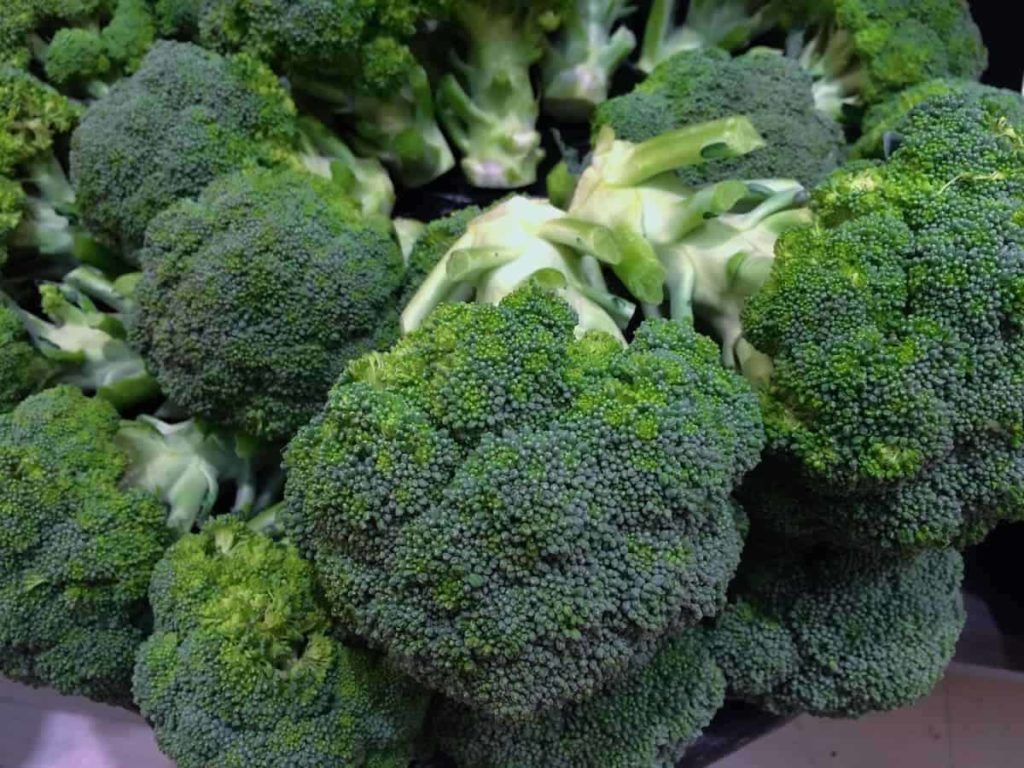
Kansas vegetable planting calendar (KS)
When should I start seeds in Kansas?
Grow enough tomatoes, peppers, and eggplants for everyone by working with friends, family, and neighbors if a smaller garden is in the works. Growing your transplants from seed is a satisfying hobby that can help satisfy your gardening hunger even when the weather outside is not well. Plant in the spring by working backward from the last frost date. There is a 50/50 possibility of a damaging frost occurring between March 1 and April 15 in Kansas City.
Plants sensitive to frost or prefer warmer soil temperatures should be set out after Mother’s Day, around the middle of May. Such popular crops might include tomatoes, peppers, and zinnias. Vegetables like broccoli and cabbage that prefer cooler temperatures can survive minor frost but need a longer cold growth season. These veggies do best when planted in the garden as transplants towards the end of March.
When to begin is not always obvious. However, remember that most garden transplants require around 6 to 8 weeks of development before they are ready to be planted outside. Starting with the day, you want to lay out your seeds and count backward to arrive at the optimal planting date. Tomatoes that will be ready for picking in mid-May should be sown in the middle to end of March.
Mid- to late February is when the cold-loving broccoli is planted. Keep accurate records since the time required for transplants to mature can vary substantially depending on the ambient temperature. Rooms with higher temperatures promote speedier development. Most individuals make the mistake of beginning their gardening endeavors too early, resulting in gangly, overgrown plants.
What vegetables can I plant in July in Kansas?
Broccoli, cabbage, beets, cauliflower, and carrots can be planted in late July, while radishes, spinach, and lettuce can go in around the middle of September. Even though potatoes and peas don’t usually perform well in the autumn here because of high soil temperatures, you may still plant almost any cold season crop for a fall harvest.
What can I plant in March in Kansas?
Get the soil ready for planting in the spring. Before fertilizing, it’s essential to get the soil tested to see what it requires. Fertilize the garden using 1–2 pounds of 10–10–10 per 100 square feet if you haven’t had a soil test. Grow some potatoes, onions, peas, and some lettuce and other salad greens. Strawberry, rhubarb, and asparagus. Late March is ideal for broccoli, cauliflower, and cabbage.
You can start the seeds for peppers, tomatoes, and other warm-weather plants inside. Use dormant oil on fruit trees to eliminate the scale and mite insects. Treat peach leaves with a fungicide to prevent curling. Complete trimming the grapevines, bushes, and bushes of other berry varieties. When strawberry growth starts, remove the mulch.
Grow annuals that thrive in chilly conditions, such as pansies, snapdragons, and calendula. Get rid of the winter mulch and trim back the perennials to get the bed clean. Gardening tasks that need a spade include dividing perennials and planting them. If the soil is dry, organic materials like compost should be added to prepare it for planting. Gardens should be fertilized with a balanced fertilizer after development has begun. To grow plants from seed, start them inside.
In case you missed it: Iowa Vegetable Planting Calendar/Guide (IA): Month Wise, Fall, Winter, Spring, Summer, Zone 3, Zone 4, Zone 5, and Zone 6
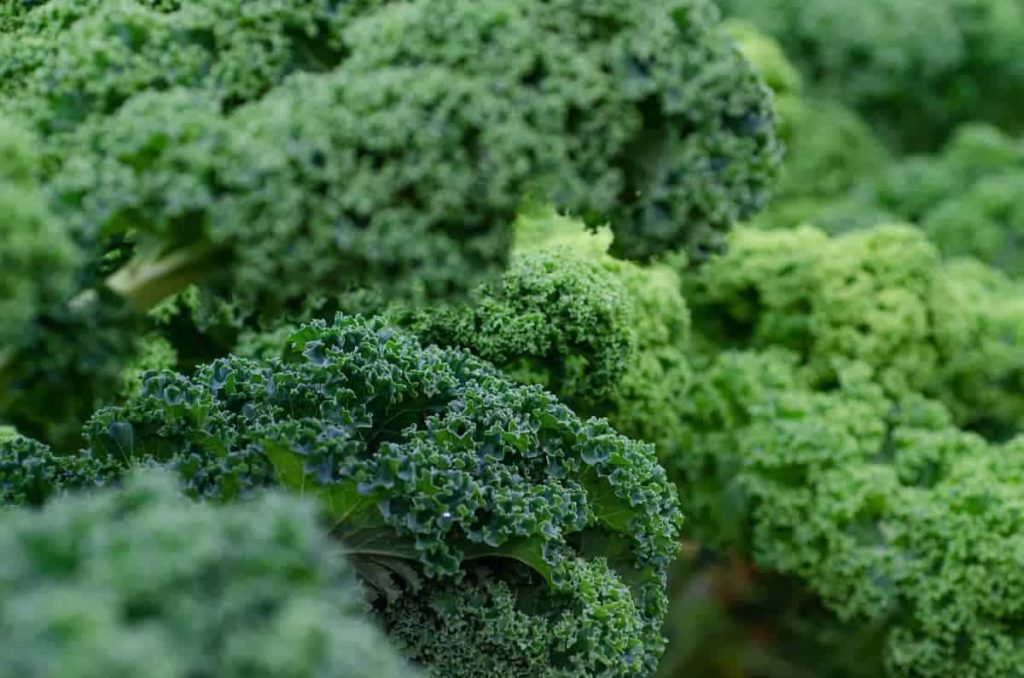
Make some fresh rose beds. It’s time to cut your roses and eliminate the winter mulch they were covered in. Trim ornamental grasses to within 3–5 inches of the soil. Spring blooming bulbs should be fertilized, such as tulips and daffodils. Remove spent bulb pods and planted the seeds. Eliminate potential breeding grounds for iris borer pests by mowing off old plants before new shoots emerge.
Remove the wrapping immediately if you ordered plants online, and keep them moist until planting time. Trees and shrubs should be mulched to a depth of 4 inches, with the mulch kept a few inches away from the trunks. Trees and bushes need fertilizer. Rejuvenate the garden by planting some trees. Take the covers off your young trees so they can flourish during summer. Remove debris from groundcovers by raking.
When should you plant tomatoes in Kansas?
Growing tomatoes requires a warm climate. That’s because they can’t stand the milder temps of spring. A late April frost will be fatal to tomato plants. Planting season in the Kansas City region typically begins around the middle of May. By that time, the threat of frost has gone, and the air and soil have warmed enough to encourage development. When temperatures drop, it puts extra strain on plants planted earlier.
Planting tomatoes later, even in June, will result in a later crop. Planting a tomato plant from a transplant rather than seeds is recommended. You can get plants from any store that sells gardening supplies. It’s crucial to choose a healthy donor for a transplant. Transplants in good health are compact in stature and bright in color.
A good transplant plant would have a height of around six inches, a robust, hefty stem, and vibrant green leaves with no signs of disease or wilt. Transplants that are too tall, lanky, or foppish should be avoided at all costs. This usually happens when a plant is allowed to become too big for its space or is neglected. To begin with, having healthy and strong transplants is crucial.
What growing zone is KS?
During the winter, Kansas often has windstorms, blizzards, and severe rainfall storms. But the state also boasts lovely winters and mild summers. Conditions in Kansas may be roughly classified as two distinct types. The climates range from humid continental through semiarid steppe to humid subtropical. Kansas falls between USDA hardiness zones 5b and 7a on the Planting Zone Map of the US. Knowing your planting zone in Kansas can help you choose fruiting and flowering plants and vegetable varieties.
Planting windows and suitable species for a region are both influenced by the growth zones. Remember that you can grow anything suitable for your climate zone. Overwintering temperatures and frosts may be fatal for plants that have beyond their hardiness zone. All plants between zones 1 and 5 should thrive in zone 5b.
Flowers and trees of wide varieties thrive in Kansas. Flowers like daylilies, lilies, gerbera daisies, geraniums, zinnias, and cosmos are great options. Since Kansas has a favorable environment, many different flowers and vegetables can be grown there successfully. Various crops can be cultivated and eaten throughout summer, including tomatoes, peas, cabbage, beans, onions, and broccoli.
How late can you plant tomatoes in Kansas?
When the nighttime lows drop below 50 degrees, and there is no threat of frost, plant tomatoes. Tomatoes should be planted in early to mid-April in southern Kansas and in late April to early May in eastern and central Kansas, as recommended by Kansas State University. Tomatoes should be planted after May 15 in northwest Kansas. If frost is in the forecast, protect the tomatoes by covering them with a cloche or row cover. The Merced, Daybreak, Sun Start, Celebrity, Cherry Grande, and Roma tomatoes are also great choices for Kansas gardens.
To maintain an equally wet soil temperature, water tomato plants once a week at a minimum. Compost, grass clippings, or straw may create a 2- to 3-inch-thick mulch around the plants’ bases, preventing weeds from sprouting and helping the soil retain moisture. Tomatoes can be picked off the vines by gently twisting them off when they are ready. Tomatoes should be picked when still green and stored in a single layer in a box if frost is expected.
Store them in a dark, cold area like a cellar to hasten the ripening process. Due to the high temperatures in Kansas, the flowers of the tomato plants can wither and die. When setting and ripening fruit, a temperature range of 68 to 77 degrees Fahrenheit is optimum. Warmer temperatures can momentarily stunt fruit production, but it will pick up once the weather cools down.
In case you missed it: How to Plant and Care for Hydrangeas: Steps to Grow Hydrangeas for Beginners
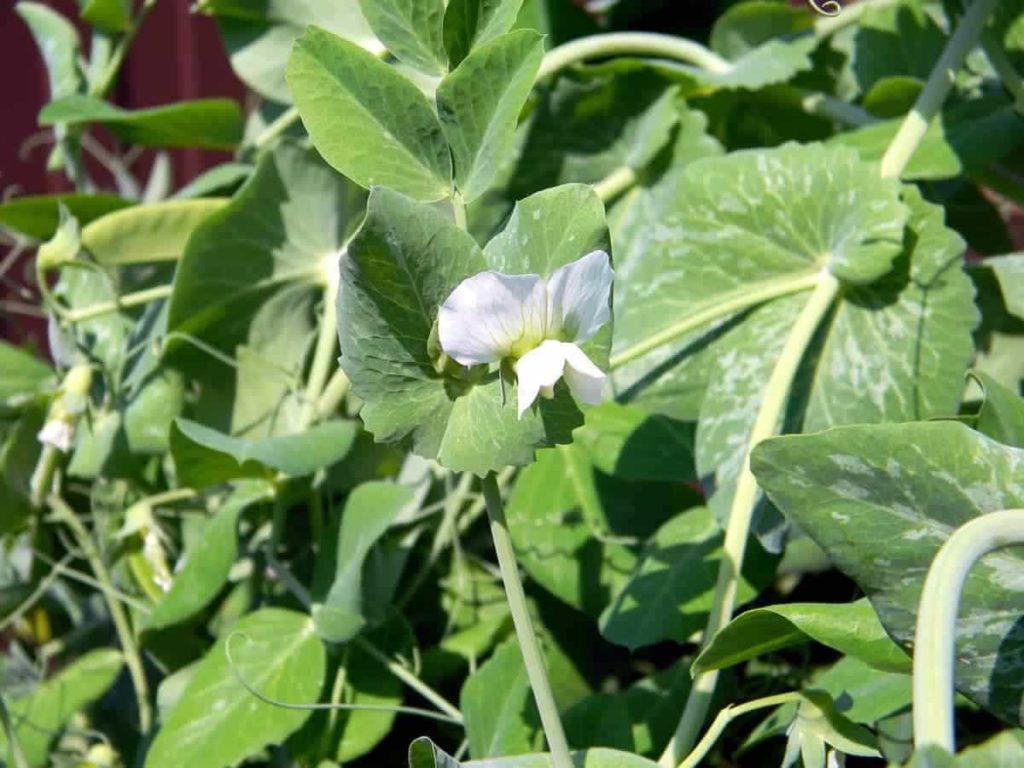
What fruit can you grow in Kansas?
Blackberries, raspberries, and gooseberries top the list of low-maintenance fruits. Strawberries, apples, and pears fall into the “average” category of plant care. The most delicate and fussy fruits usually cultivated in Kansas are peaches, plums, nectarines, cherries, grapes, and blueberries. Brambles, including raspberries and blackberries, can thrive in a wider variety of soil conditions than most other fruit. Indeed, brambles need soils with good drainage.
You may find raspberries in various colors, including red, purple, black, and yellow. There are two distinct categories of blackberry plants, depending on whether they trail or stand upright. The only maintenance required of brambles is annual trimming and thinning. The timing and approach will differ for each bramble species because of their unique development patterns. When it comes to red raspberries, pruning has to be handled differently.
After the bramble plants have established themselves, fertilize them sparingly each year and gently mulch the planting area. Raspberries and blackberries are very somewhat susceptible to pests and diseases. Usually, harvests occur after 8–10 years of planting. Although less common, gooseberries are undeniably simple to grow. When harvested green, the tiny berries have a pronounced sour taste.
Gooseberries become delicious and make excellent dessert additions when allowed to mature to pink color. To promote new growth yearly, shrubs should be pruned in late winter or early spring. Fertilizer or compost used in the autumn and a sprinkling of fertilizer applied in the spring do wonders for gooseberry bushes. A gooseberry shrub can provide you with fruit for up to two decades.
Several insects and diseases can negatively impact apple and pear yields. Only by continuously applying pesticides can those pests be kept at bay. Growing disease-resistant apple trees can be advantageous. Maintain tree health by annually fertilizing, trimming, and watering as required. Kansas apples grown at home don’t usually look like the perfectly smooth and waxed produce we’re accustomed to buying at the supermarket. However, many apple fruit stains are superficial or can be easily removed.
What vegetables can I plant now in Kansas?
Spring gardening in Kansas
Radish is a fast-growing vegetable. After sowing, they are ready to be harvested three to six weeks later, making them an excellent spring crop for the chilly season. Radishes can be planted in Kansas between the 15th of March and the 15th of April, but for the greatest results, they need constant precipitation. The state of Kansas is ideal for growing carrots in the spring since they are another quite resilient root crop.
They thrive when planted as seeds, but their tops must be clipped off before they get too crowded in the soil. The plants should be thinned out to a distance of 3 to 4 inches as they develop. In Kansas, springtime is ideal for growing onions. The duration of the days is a key factor in their development.
The development of certain bulbs is arrested when daylight hours reach 14–16 hours, whereas the development of other species is arrested when daily daylight hours fall to 10–12. Growing onions successfully requires fertile, well-drained soil. Besides these, cabbage, broccoli, endive, cauliflower, lettuce, potatoes, peas, spinach, turnips, and beets are also grown in the spring.
Fall gardening in Kansas
The summer heat can make people lose interest in gardening, so by the time fall rolls around, many plants have died. The milder temperatures experienced at harvest time for crops planted as summer winds down make the resulting harvest superior to crops sown in the spring. In July, August, and September, grow lettuce and spinach. Plants, including cucumbers, summer squash, and green beans, are well-suited to an autumn growing season. Some crops may be destroyed by the first frost, while others can continue to flourish.
Dates for planting are determined by factors such as when the crop can be planted when it can be harvested, and how well it can endure freezing temperatures. Late July and early August are ideal for planting cucumbers, summer squash, and beans. Cauliflower, broccoli, and cabbage all have transplants that can be planted around the same time. Beginning in early August and continuing until the middle of the month, gardeners sow seeds of carrots and beets. It is best to start planting leaf lettuce, spinach, radishes, and turnips around the beginning of September.
The harsh circumstances under which plants must first grow are the greatest challenge to autumn gardeners. As a result, one solution is to utilize transplants instead of seeds. Plant your spring seeds a little deeper than usual. As their roots form, they need a cold, damp environment to germinate. A good stand can also be ensured by planting a little more densely. Plantings that are too dense can be thinned out.
Water erosion and soil compaction can be prevented by spreading a thin layer of mulch over each seed row. The mulch will act as a moisture barrier, protecting the soil from the harsh Kansas sun. To develop a garden, water it regularly or as required. Since the nutrients provided in the spring have likely been depleted, a mild fertilizer treatment might be beneficial. Fall vegetable growing takes no additional preparations. After summer, fewer weeds and pest and disease problems can occur.
In case you missed it: Indiana Vegetable Planting Calendar/Guide (IN): Month Wise, Fall, Winter, Spring, Summer, Zone 5, and Zone 6
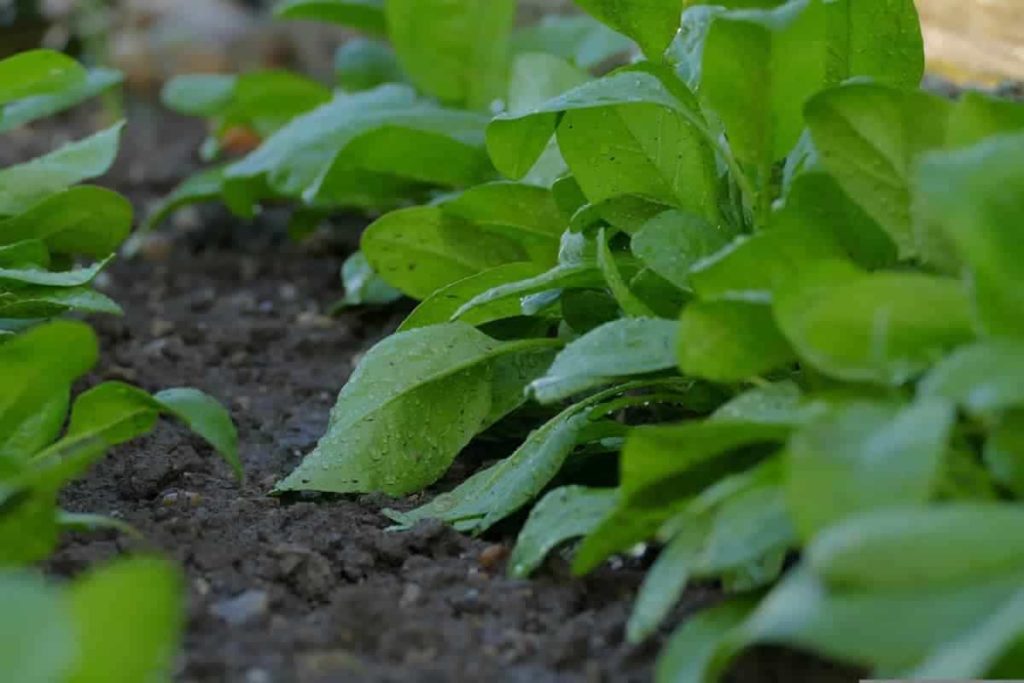
Summer gardening in Kansas
Kansas has a history of rapid seasonal shifts, so even though summer will soon arrive, you never know what to expect. Citrus and avocados, for example, can be difficult to cultivate in these conditions. But it doesn’t mean other kinds of plants can’t make it in Kansas and even thrive there. You can grow a variety of edibles in your yard with a little more effort. Despite the shifting weather patterns, several plants can be grown successfully this summer. Succulents require less care in summer when there is more daylight.
They are houseplants that need watering every two weeks at most. You can also choose to water them once weekly if the temperature is exceptionally high outdoors. Succulent plant food can be given to them every two weeks. Because of their low maintenance requirements, succulents are a fantastic option for anybody looking to add some greenery to their home or office for the first time. Mushrooms are another simple plant to grow. Now, mushrooms may not be your thing, but mushroom cultivation kits are widely available.
These kits include edible mushrooms that are simple to produce. Oyster mushrooms, which can be grown using these kits, are an excellent option for vegetarians and vegans. Some fruits and vegetables thrive in the climate of Kansas, although, as was noted previously, not all of them do. All kinds of berries, as well as potatoes, tomatoes, onions, grapes, and garlic, fall within this category.
Many need soil, but others can be grown in containers; you can get seeds and sprouts online or even in your kitchen, reducing food waste. It’s hit-or-miss in Kansas when it comes to growing herbs like cilantro, lavender, chives, etc., but with Care and patience, you can succeed. You can cook with them or put them in a diffuser to smell your house. The possibilities are almost limitless when cultivating your very own garden or even a little garden in your apartment.
Winter gardening in Kansas
However, certain veggies can maintain their productivity even when the temperatures drop. Below is a list of winter-hardy crops that can be grown in Kansas City this time of year if you plan to plant a garden. Garlic, Leeks, Onions, Radishes, Potatoes, Lettuce, Peas, and Brussels Sprouts. Homeowners who value convenience and want to grow their herbs have increased the number of indoor herb gardens.
In case you missed it: Connecticut Vegetable Planting Calendar (CT): Month Wise, Fall, Winter, Spring, Summer, Zone 5, Zone 6, and Zone 7
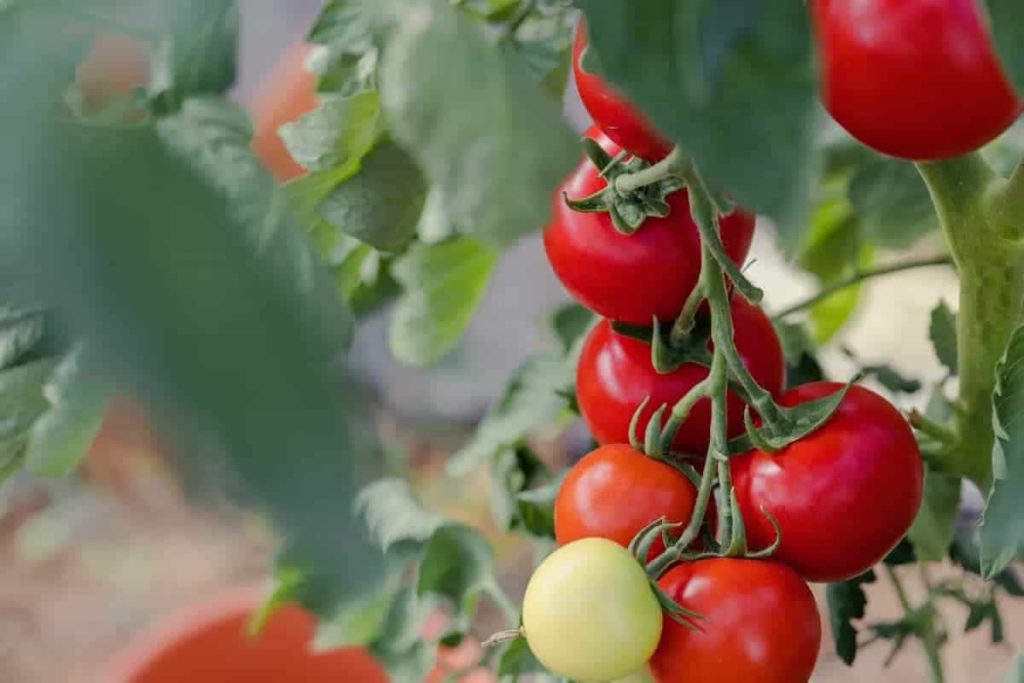
During the colder months, when we are cooped up indoors, we eat more home-cooked meals. Now picture yourself taking some fresh basil from your window plants to add to your spaghetti sauce. There has been a rise in the popularity of cold frame gardening in recent years. Cold frame gardening is similar to greenhouse gardening but on a smaller scale. Vegetables can be planted either directly into the soil within the box or in containers.
Kansas vegetable planting calendar
| Vegetables | Zone 5 | Zone 6 | Zone 7 |
| Beans | Mid May to Sep | May to mid-Oct | Apr to mid-Oct |
| Beets | Apr to June mid-July to mid-Oct | Mid Mar to June mid-July to mid-Oct | Mar to May Aug to Oct |
| Broccoli | Mid Mar to June July to Oct | Mar to mid-June mid-July to Oct | Mid Feb to May Aug to mid-Nov |
| Brussel Sprouts | Apr to Oct | May to Oct | Mid Apr to mid-Sep |
| Cabbage | Mid Apr to Oct | May to Oct | Mar to mid-June mid-July to Oct |
| Carrots | Apr to Jun Aug to mid-Oct | Apr to June Aug to Oct | Mar to mid-June Aug to Oct |
| Cauliflowers | Mid Apr to mid-Oct | Mar to mid-June | Mid Feb to May Aug to mid-Nov |
| Corn | Mid-May to mid-Sep | May to Sep | May to Aug |
| Cucumber | Mid-May to mid-Sep | May to Sep | May to Aug |
| Kale | Apr to June mid-July to Oct | Mid mar to mid Jun Aug to mid Nov | Mar to May Aug to mid Nov |
| Lettuce | Mid Apr to June mid-July to mid-Oct | Mid Mar to mid-June Aug to Oct | Mar to May Aug to Oct |
| Onions | Apr to Sep | Mid- Mar to Aug | Mar to Aug |
| Peas | Apr to June mid-July to mid-Oct | Mid Mar to May Aug to Oct | Mid Feb to mid-May mid-Aug to mid-Nov |
| Peppers | Apr to Sep | Mid Mar to Sep | Mar to Sep |
| Spinach | Apr to June mid-July to oct | Mar to June mid-July to oct | Mar to June Aug to mid-Nov |
| Squash | Mid May to Sep | May to Sep | May to mid-Oct |
| Tomato | Apr to Sep | Mid Mar to Sep | Mar to Sep |
In case you missed it: Colorado Vegetable Planting Calendar (CO): Month Wise, Fall, Winter, Spring, Summer, Zone 3, Zone 4, Zone 5, Zone 6, and Zone 7

Conclusion
Several herbs, like parsley and chives, have leaves that can be used as a fresh flavor. Do not cut off all the leaves at once; instead, remove them in stages as needed. If you take good care of these plants, they will continue to yield for months. If you live in the following towns, cities, and counties of Kansas (KS) in Zone 5, Zone 6, and Zone 7 in the United States, this article may help understand the vegetable planting calendar and a month-wise chart along with planting seasons.
| Kansas City | Atchison |
| Wichita | Chanute |
| Topeka | Fort Scott |
| Overland Park | Pratt |
| Lawrence | Iola |
| Salina | Bonner Springs |
| Manhattan | Wamego |
| Olathe | Prairie Village |
| Dodge City | Mulvane |
| Hutchinson | Haysville |
| Hays | De Soto |
| Lenexa | Basehor |
| Emporia | Baldwin City |
| Garden City | Baxter Springs |
| Leavenworth | Scott City |
| Shawnee | Larned |
| Derby | Tonganoxie |
| Junction City | Hesston |
| Great Bend | Eudora |
| McPherson | Osawatomie |
| El Dorado | Eastern Kansas |
| Leawood | Central Kansas |
| Abilene | Western Kansas |
| Coffeyville | Southern Kansas |
| Winfield | North Kansas |
| Arkansas City |
- Profitable Village Farming Business Ideas in 2024
- High-Yield Aquaculture: Fast-Growing Fish for Farming
- Effective Fish Pond Construction Techniques for Beginners
- Irrigation and Water Management in Pineapple Farming
- Blossom to Harvest: Mastering Flowering and Pollination in Papaya Farming
- Pig Fattening Essentials: From Selection to Sale for Beginners
- Raising Wagyu Cattle: A Complete Guide for Premium Beef Production
- Soil Types and Their Water Holding Capacity
- Optimizing Irrigation Schedules for Coconut Groves for Enhanced Yield
- Espresso Your Garden: Coffee Grounds for Healthier Acid-Loving Plants
- The Best Soil Mix for Snake Plants: How to Mix Your Own Snake Plant Soil
- Green Thumb Success: Expert Tips for Cultivating Greenhouse Beans All Year Round
- Bloom All Year Round: The Ultimate Guide to Indoor Hyacinth Care
- Eco-Friendly Gardening: How to Make Liquid Fertilizer from Kitchen Waste
- Ultimate Guide to Grow Anise in Pots: Explore Seed Propagation to Harvesting
- Guide to Raising Chester White Pigs: Discover Breed Facts to Growth Management
- Mastering the Elegance: The Ultimate Guide to Weeping Cherry Tree Care, Planting, and Maintenance
- Ultimate Guide to Planting Garlic in Grow Bags: Growing Strategies for Beginners
- How to Fix Spider Plant Leaf-Related Problems: Natural and Organic Remedies
- 10 Reasons Why Your Tulsi Plant is Shedding Leaves: Home Remedies and Solutions
- Optimizing Growth and Yield: The Advantages of Palm Bunch Ash Fertilizer
- Utilizing Neem Oil Extract as a Natural Pesticide for Hydrangea
- From Soil to Harvest: Various Ways in Which Farmers Can Use AI Tools
- Steps to Encourage and Induce Citrus Flowers: A Comprehensive Guide
- How to Fix Snake Plant Leaf-Related Issues: Natural and Organic Remedies
- Transform Your Garden into a Fragrant Oasis with Raat Ki Rani (Night Blooming Jasmine)
- Discover the Ideal Chicken Breeds for Philippine Farms
- How to Create a Poultry Egg Farm Business Plan for Profits
- Grow Lemon Cucumbers Like a Pro: Insider Techniques for Bountiful Yields
- Ultimate Guide to Caring for Your Pink Princess Philodendron: Tips for Thriving Variegation
- Areca Nut Profit Per Acre: Calculating Yield and Cost of Cultivation
- How Kaveri Chicken is Becoming a More Profitable Breed in Indian Backyards
- Transform Your Barn: 9 Steps to Convert a Horse Stall into a Chicken Coop
- Exploring Suffolk Sheep Disadvantages with Limitations and Challenges
- Guide to Solving Potted Lemon Tree Problems: How to Revive Lemon Tree in Containers
- Steps to Encourage Female Pumpkin Flowers: Best Strategies for More Flowers and High Yields
